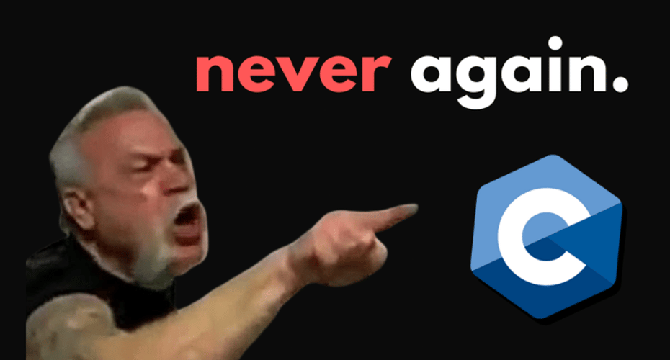Dev
4w
218

Image Credit: Dev
I Made a TUI in C... and regretted it
- Working on a TUI in C, the writer found it challenging due to the low-level nature of the language, requiring meticulous memory management and manual control of program features.
- Ncurses, a popular C library for text-based user interfaces, provided essential tools but demanded intricate handling for even simple tasks, making UI updates a manual process.
- Another library, cJSON, despite being a single file with about 5000 lines, played a significant role, highlighting the writer's heavy reliance on it for their TUI project.
- Libcurl, used for network operations, required detailed manual setup for basic tasks like creating headers, showcasing the hands-on approach needed in C development.
- Documentation for these libraries lacked modern user-friendly features, relying more on traditional text-based manuals, posing a contrast to more contemporary language frameworks.
- The writer's motivation for choosing C and creating a TUI stemmed from a desire to challenge themselves and move away from tools that automate many aspects of development.
- The article serves as a cautionary tale for beginners in C programming, as the writer acknowledges potential shortcomings and areas for improvement in the code.
- The project involved handling HTTP requests, rendering menus from JSON data, managing tasks, and creating a functional text-based interface with navigation and task management features.
- Despite the challenges and complexities faced, the writer successfully implemented a working TUI in C, emphasizing the manual effort required for tasks that might be more streamlined in higher-level languages.
- The writer's decision to build the TUI in C was framed as a personal challenge to delve into the intricacies of low-level programming and to gain a deeper understanding of the technical nuances involved.
- Overall, the article highlights the demanding nature of developing a text-based interface in C, showcasing the labor-intensive processes involved in handling UI elements and network operations within a TUI project.
Read Full Article
13 Likes
For uninterrupted reading, download the app